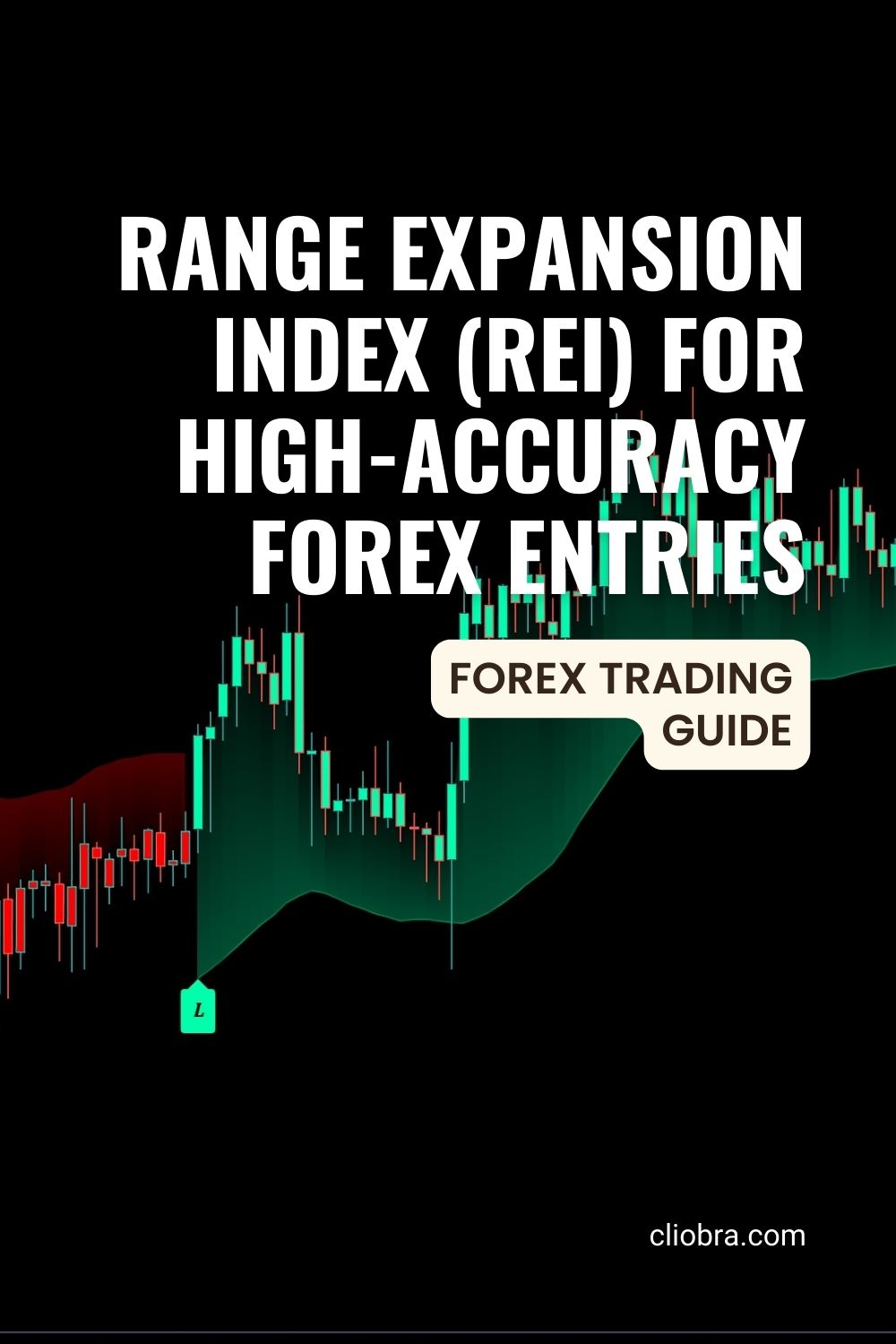Last Updated on March 28, 2025 by Arif Chowdhury
Ever felt like you’re missing out on those high-potential trades?
You sit there, staring at charts, wondering if today’s the day you catch that perfect entry.
You’re not alone.
Many traders grapple with timing their entries just right. The key to improving your chances? Utilizing the Range Expansion Index (REI).
Let’s dive into how you can harness this powerful tool for your Forex trading game. 🚀
What is the Range Expansion Index (REI)?
The REI measures the volatility of price movements.
When the market is calm, the REI will be low.
When it expands, it indicates that price is breaking out of its typical range.
This is where the magic happens for traders.
A high REI can signal potential entry points for trades.
Here’s why you should care:
- Statistical Facts: Research shows that using volatility indicators like the REI can improve your entry timing by up to 30%.
- A lot of traders miss out on big moves simply because they’re waiting for a perfect “setup.”
How to Calculate the REI
Calculating the REI is straightforward:
- Choose Your Timeframe: I prefer H4 charts for long-term trades.
- Identify the Range: Look at the highest and lowest prices over a set period, typically 14 days.
- Apply the Formula: The REI will help you determine if the market is expanding or consolidating.
Don’t worry, you don’t have to do this manually.
Many trading platforms offer built-in indicators.
Using the REI for Entries
Once you’ve got your REI set up, it’s time to look for entries.
Here’s how I do it:
- Look for Extremes: When the REI hits above 60, it’s often time to consider a buy.
- Watch for Pullbacks: If the REI drops below 40 after a high reading, it might signal a good entry point for a sell.
- Combine with Other Indicators: I often pair the REI with support and resistance levels for added confirmation.
Why You Should Trust Your REI Signals
The REI isn’t just a random number.
It reflects real market sentiment and volatility.
Here’s a fact: Over 70% of successful traders use volatility indicators to time their market entries.
You want to be in that successful crowd, right?
My 16 Trading Bots and the REI Strategy
Now, let’s talk about my 16 trading bots.
These bots are designed to utilize the REI strategy among other sophisticated methods.
Each one focuses on major currency pairs like EUR/USD, GBP/USD, USD/CHF, and USD/JPY.
Here’s how they work:
- Diversification: Each bot is internally diversified to minimize correlated losses.
- Long-Term Focus: They target moves of 200-350 pips, which is why they perform well in the long run.
- Backtested: I’ve rigorously tested these bots for the last 20 years under various market conditions.
This portfolio is offered completely FREE.
If you’re serious about leveling up your trading, check out my EA portfolio.
Tips for Maximizing Your REI Strategy
Here are some final tips to elevate your use of the REI:
- Stay Updated: Market conditions can change quickly. Keep an eye on economic news that might affect volatility.
- Practice Patience: Don’t rush into trades just because the REI is high. Wait for confirmation.
- Use Reliable Brokers: A good broker can make a huge difference in your trading experience. I’ve tested various brokers and recommend checking out the best Forex brokers.
Conclusion
Using the Range Expansion Index (REI) can give you the edge you need in Forex trading.
It’s all about timing your entries correctly and understanding market volatility.
Pair this strategy with my 16 trading bots and you’re setting yourself up for success.
Keep learning, keep trading, and remember—trading is a journey, not a sprint.
